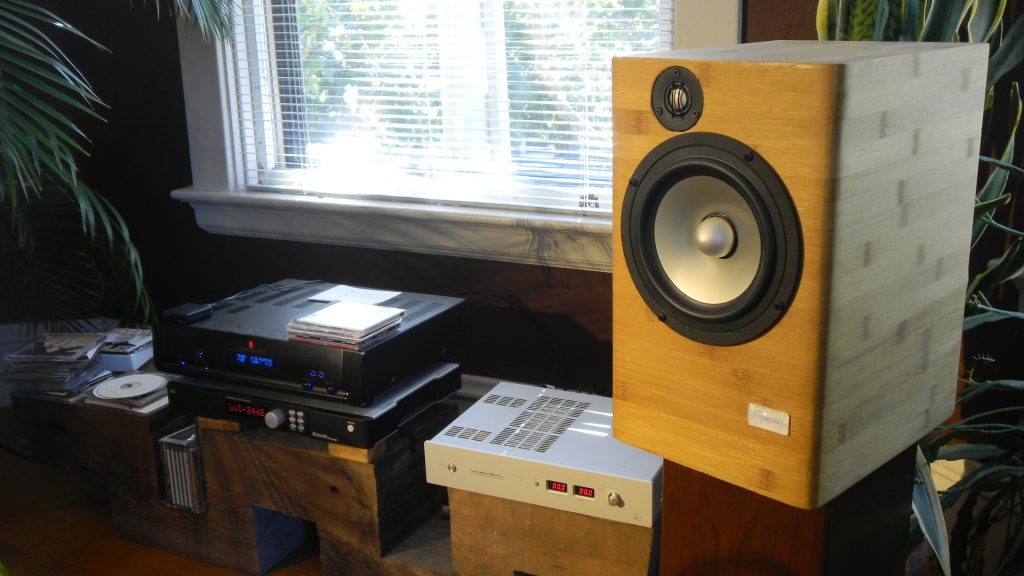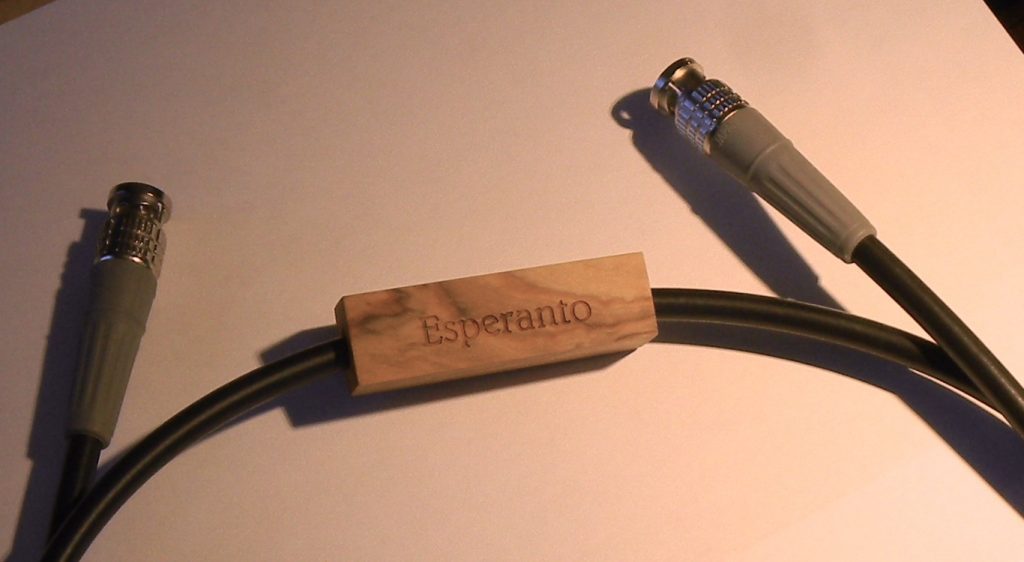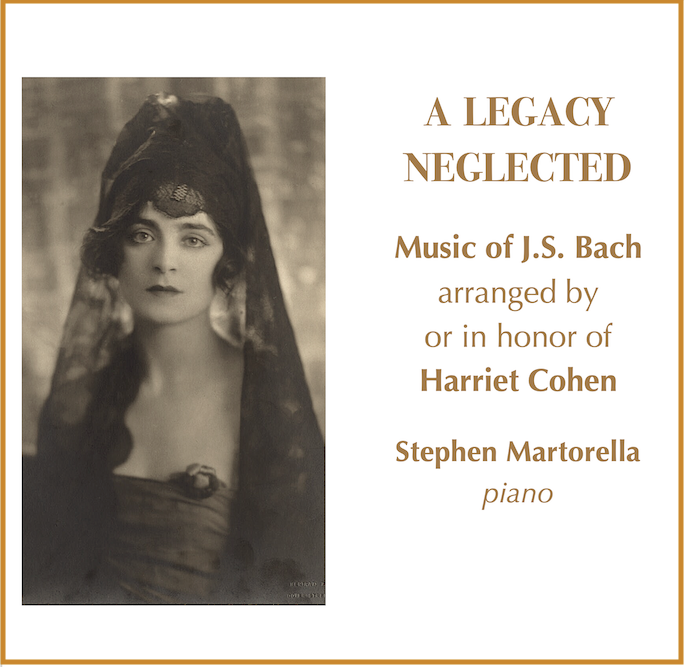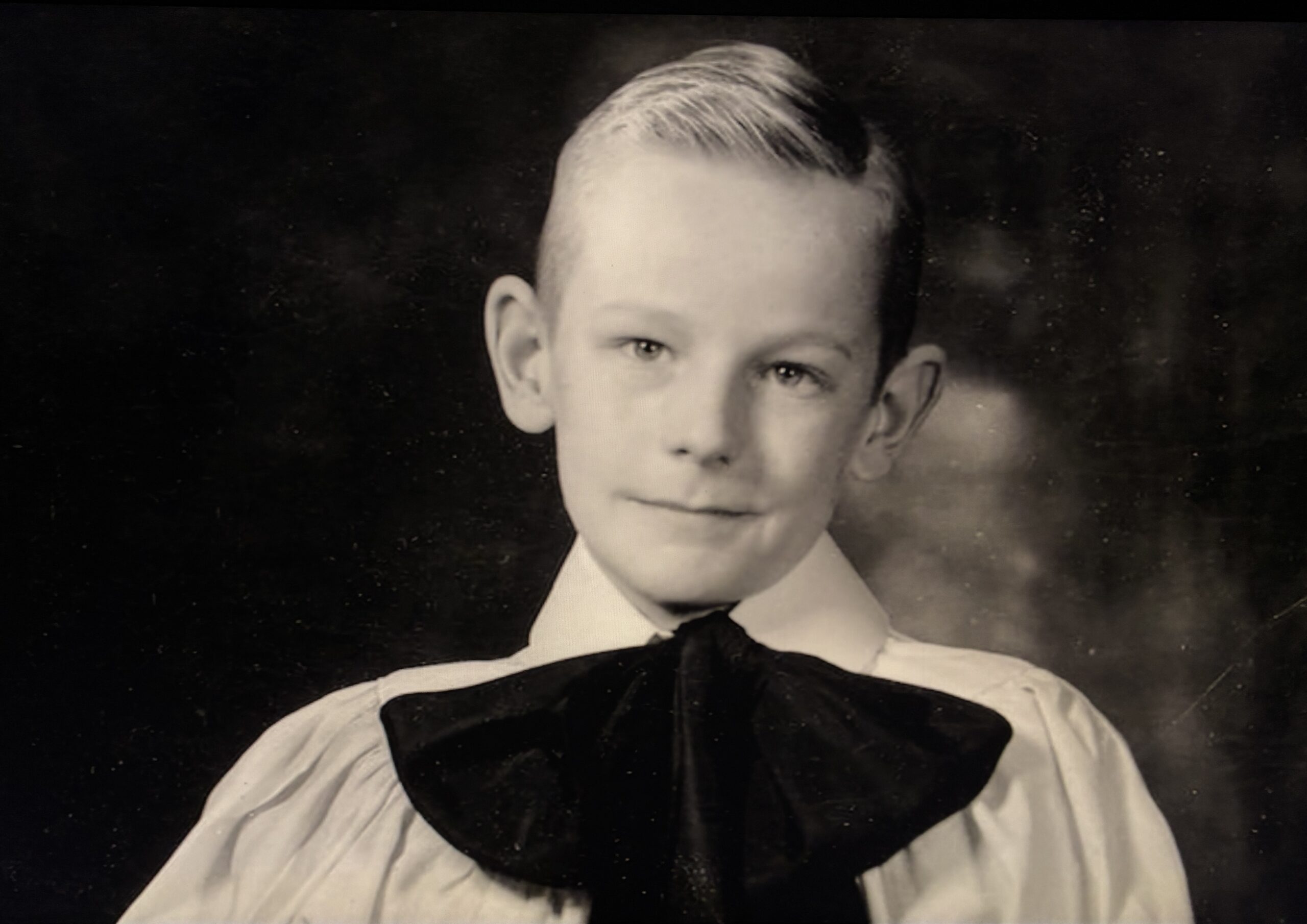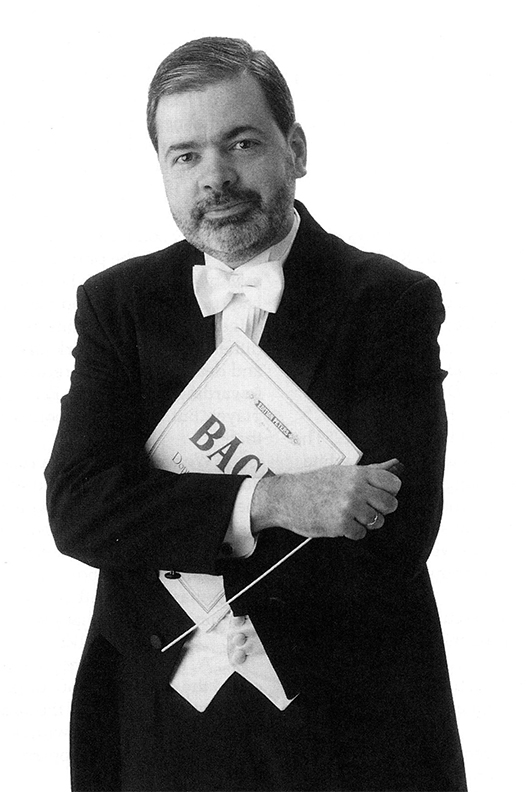One of the most important international competitions for young (ages 16 to 29) violinists takes place in the United States every four years. (The other top-tier classical-music competitions that include violinists, Moscow's International Tchaikovsky and Belgium's Queen Elizabeth, also run on four-year cycles.) While one might expect the US entry on that list to be hosted in California or New York, the venue is: Indianapolis, of 500-mile auto-race fame—and for excellent reasons.
Indiana University (Bloomington) has one of the most outstanding music schools in the world, and that is where violinist Josef Gingold brought his remarkable career to a conclusion, as a Distinguished Professor of violin. Gingold was born in Poland in 1909. When his family came to America, his violin studies continued with Vladimir Graffman, father of the pianist Gary. Gingold returned to Europe in 1927 to study with Eugene Ysaÿe, a towering figure in the history of the violin. A composer as well as a virtuoso, Ysaÿe was the dedicatee of the Franck Sonata (1886), and led the first performance of Debussy's string quartet (1893).
Gingold came back to the US and tried to build a career in the depths of the Depression. He contented himself with Broadway pit-orchestra work until 1937, when Arturo Toscanini hired him for the NBC Symphony Orchestra. Gingold's career progressed to positions as Concertmaster of the Detroit and then Cleveland orchestras, the latter at the request of George Szell. Gingold remained with the Cleveland Orchestra until 1960, when he joined the music faculty of Indiana University. In 1982, Josef Gingold provided the artistic guidance for the founding of the International Violin Competition of Indianapolis.
I think that the Indianapolis violin competition has succeeded to the impressive extent it has because of three factors. One, Josef Gingold's worldwide reputation, not only as a performer and teacher but also as a fair-minded member of the juries of all the major violin competitions (including the Tchaikovsky and the Queen Elizabeth) made some degree of early success a relatively safe bet. (However, sustaining an enterprise into its fourth decade requires much more than that.) Two, the synergy with Indiana University's music school, which attracts students from all over the world. Third, and perhaps most importantly: if people started a violin competition in New York or Los Angeles, it would be just one more cultural event in a market crowded with them. Whereas in Indianapolis, an international music competition does not have much local same-tier competition for attention, donors, and volunteers. (I think the same thing can be said for Fort Worth and the Van Cliburn competition, in the piano world.)
This year's Final round of competitors' performances runs from Wednesday through Saturday, September 12 through 14. The preliminary rounds and semi-final round video streams are now available for delayed viewing (scroll down for the preliminaries), and the final rounds will be streamed live. The audio and video production values are excellent, and the playing has been of a very high standard. The finalists are: Ioana Cristina Goicea (Romania); Risa Hokamura (Japan); Luke Hsu (US); Anna Lee (US); Shannon Lee (US/Canada); and Richard Lin (Taiwan/US).




